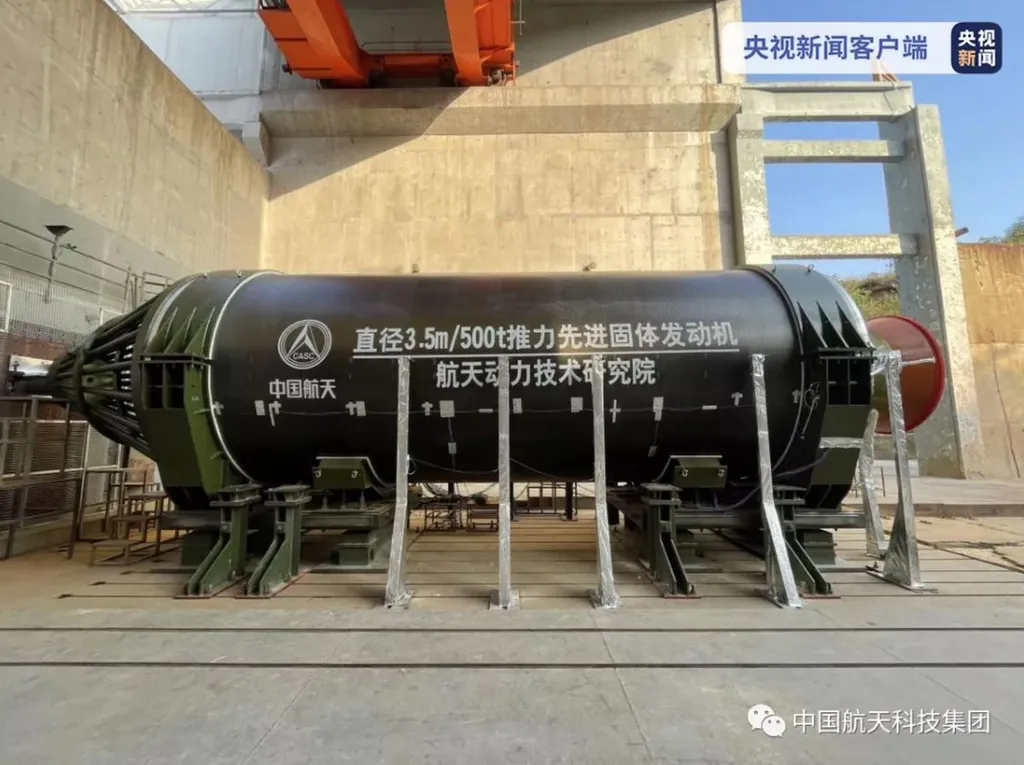In the quest to enhance the performance of solid propellants, a team of researchers from Wuhan University has made a significant breakthrough that could reshape the energy sector. Led by ZHOU Peng from the College of Chemistry and Molecular Sciences, the study, published in Cailiao gongcheng, delves into the thermal decomposition behavior of ammonium perchlorate (AP), a crucial component in solid propellants. The findings could pave the way for more efficient and controllable combustion processes, with far-reaching implications for rocket propulsion and other energy applications.
At the heart of this research are metal-organic frameworks (MOFs), a class of materials known for their exceptional porosity and tunability. While MOFs have garnered attention for their catalytic properties, previous studies have primarily focused on the role of metal centers. ZHOU Peng and his team, however, turned their attention to the often-overlooked ligands, the organic molecules that connect metal centers in MOFs.
The researchers synthesized three distinct cobalt-based complexes (Co-CPs) using different ligands: 2-methylimidazole, terephthalic acid, and 1,2,4,5-phenylenetetramine. Each complex exhibited unique effects on the thermal decomposition of AP, highlighting the critical role of ligands in the catalytic process. “The differences in ligands led to significant variations in the decomposition behavior of AP,” ZHOU Peng explained. “This underscores the importance of ligand design in tailoring the catalytic properties of MOF-based catalysts.”
One of the most striking findings was the performance of Co-ZIF, a complex derived from 2-methylimidazole. This catalyst not only reduced the decomposition temperature of AP but also enhanced the heat release of the system. Such improvements could lead to more efficient combustion processes, potentially increasing the thrust and fuel efficiency of solid propellant rockets.
In contrast, Co-BDC, derived from terephthalic acid, exhibited relatively high thermal stability, which somewhat tempered its catalytic effect on AP decomposition. Meanwhile, Co-BTA, synthesized from 1,2,4,5-phenylenetetramine, demonstrated an intriguing ability to delay the low-temperature decomposition of AP by releasing ammonia through ligand decomposition. This delayed release could be harnessed to control the burning rate of solid propellants more precisely, a crucial factor in rocket propulsion.
The team employed thermogravimetric infrared spectroscopy (TG-IR) to capture the gas-phase products during the reaction process. This technique provided valuable insights into the mechanisms underlying AP decomposition catalyzed by different Co-CPs. The results offer a roadmap for designing metal complex-based combustion rate catalysts tailored to specific energy applications.
The implications of this research extend beyond rocket propulsion. Solid propellants are used in a variety of energy systems, from gas generators to pyrotechnic devices. The ability to fine-tune the burning rate and heat release of these propellants could lead to more efficient and safer energy solutions. As ZHOU Peng noted, “Our study provides a design approach for metal complex-based combustion rate catalysts, opening new avenues for innovation in the energy sector.”
Published in Cailiao gongcheng, which translates to “Materials Engineering,” the research represents a significant step forward in the field of combustion catalysis. As the energy sector continues to evolve, the insights gained from this study could inspire new developments in propellant technology, pushing the boundaries of what is possible in rocket propulsion and beyond. The future of energy may well be shaped by the humble ligand, a testament to the power of molecular design in driving technological advancement.

